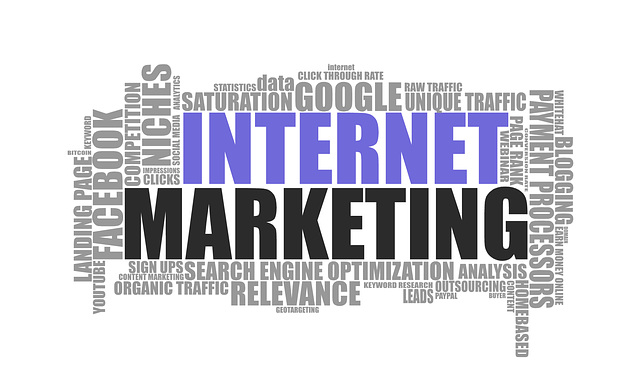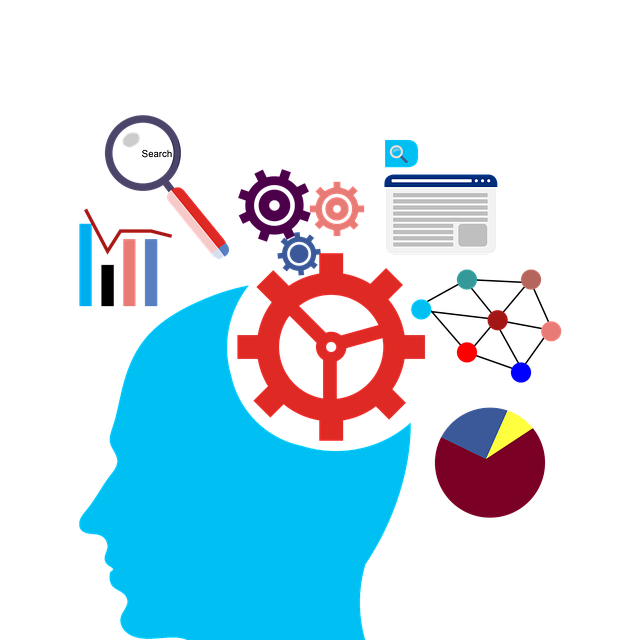AI advertising automation transforms RV repair marketing by leveraging machine learning algorithms to analyze customer data, enabling personalized promotions based on vehicle details and history. This intelligent approach optimizes marketing spend, strengthens customer relationships, and fosters brand loyalty. To implement AI in RV repair businesses, assess current processes, choose relevant tools (e.g., diagnostic software, predictive maintenance systems, advertising automation platforms), prepare quality data, train models, and track KPIs like click-through rates and conversion ratios for continuous improvement.
“Unleash the power of AI to transform your auto business! This comprehensive guide explores effective strategies for implementing AI, specifically focusing on advertising automation for RV repairs. From understanding the potential of AI in marketing to a detailed step-by-step integration process, we cover it all. Learn how to measure success and continuously improve your RV repair services with cutting-edge AI techniques. Discover the benefits, best practices, and key considerations for leveraging AI advertising automation and stay ahead in the competitive automotive market.”
- Understanding AI Advertising Automation for RV Repair Marketing
- Implementing AI in Auto Businesses: Step-by-Step Guide
- Measuring Success and Continuous Improvement with AI Strategies
Understanding AI Advertising Automation for RV Repair Marketing

AI advertising automation has transformed the way RV repair businesses market their services, offering a highly targeted and personalized approach to customer engagement. By leveraging machine learning algorithms, these platforms can analyze vast amounts of data to understand customer behavior and preferences, enabling repair shops to create tailored campaigns that resonate with their audience. For instance, AI can segment customers based on vehicle models, past repairs, or even ownership duration, allowing for specific promotions and recommendations.
This automation ensures that marketing efforts are not just widespread but also intelligent, optimizing spend by delivering messages to the right people at the right time. It’s a game-changer for RV repair marketing, as it provides an opportunity to build stronger customer relationships, increase brand loyalty, and ultimately drive more business through effective AI advertising strategies.
Implementing AI in Auto Businesses: Step-by-Step Guide

Implementing AI in auto businesses, particularly for RV (Recreational Vehicle) repair and marketing, is a strategic move that can significantly enhance operations and customer engagement. Here’s a step-by-step guide to navigate this transformation:
1. Assess Current Processes: Begin by evaluating your current marketing and repair processes. Identify pain points and areas where AI could bring improvements. For instance, AI advertising automation tools can optimize targeted campaigns for RV owners, enhancing the effectiveness of your marketing efforts. Similarly, in RV repairs, AI can assist in diagnosing issues more accurately and efficiently.
2. Choose Relevant AI Tools: Select AI solutions tailored to your specific needs. For RV repair businesses, consider AI-powered diagnostic software or predictive maintenance systems that can anticipate potential problems. In marketing, leverage AI advertising automation platforms to create personalized ad campaigns based on customer behaviour and preferences, driving higher engagement rates.
3. Data Preparation: Prepare high-quality data for training AI models. Clean and organize your customer databases, repair records, and historical marketing campaign data. The accuracy and performance of AI systems heavily depend on the quality of input data.
4. Implement and Train Models: Integrate chosen AI tools into your existing systems. Train the models using prepared data to teach them patterns relevant to RV repairs or customer preferences. Regularly update and refine these models as new data becomes available.
5. Test and Iterate: Conduct thorough testing of AI-powered systems before full-scale implementation. Monitor their performance, gather feedback from employees and customers, then make necessary adjustments. Continuous iteration ensures that your AI solutions remain effective and aligned with your business objectives.
Measuring Success and Continuous Improvement with AI Strategies

Measuring success and embracing continuous improvement are pivotal aspects of successful AI implementation in auto businesses, especially when focusing on RV repair marketing through AI advertising automation. Key performance indicators (KPIs) should be established to track the effectiveness of AI-driven campaigns, such as click-through rates, conversion ratios, and customer engagement metrics. By analyzing these data points, businesses can identify which AI strategies are delivering tangible results and make informed adjustments to optimize their efforts.
AI’s power lies in its ability to learn and adapt. As such, it’s crucial to maintain a dynamic approach to AI implementation. Regularly reviewing and updating AI models ensures they remain relevant and effective in the face of changing market trends and customer behaviors. This continuous improvement process involves testing new algorithms, refining data sets, and incorporating user feedback to enhance the overall RV repair marketing strategy, ultimately driving better results and a more engaged customer base.
AI implementation, especially through advanced advertising automation, offers a transformative path for auto businesses, particularly in niche sectors like RV repairs. By leveraging these technologies, businesses can streamline their marketing strategies, enhance customer engagement, and ultimately drive growth. The step-by-step guide provided offers a roadmap for integration, while continuous improvement metrics ensure that these strategies remain effective and adaptable to the evolving digital landscape. Embracing AI advertising automation for RV repair marketing is not just a trend but a strategic necessity for staying competitive in today’s market.
